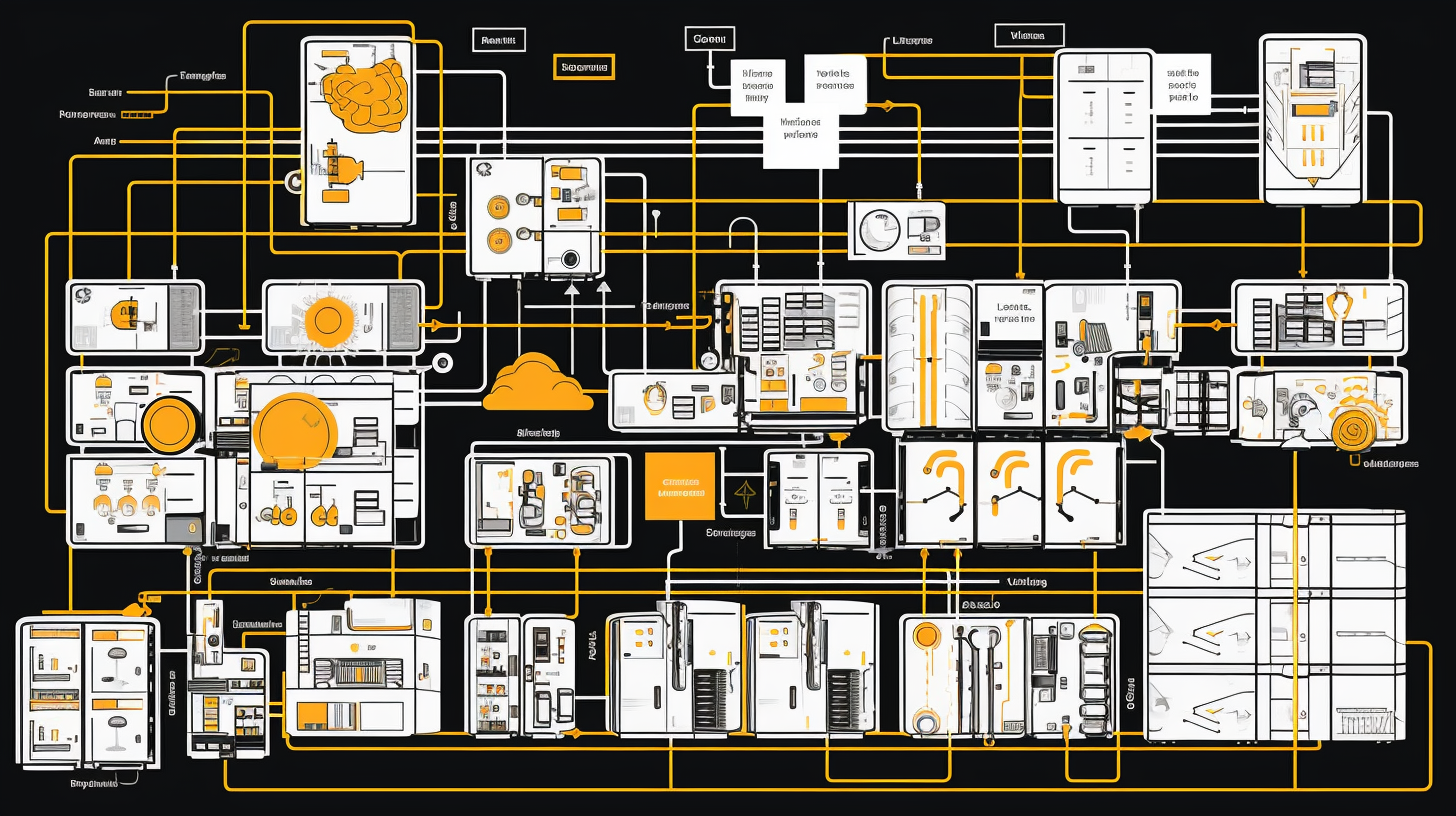Laying the Foundation: Designing High Availability and Fault-Tolerant Architectures for AWS

Well, well, well. Isn't this a delightful piece of work? You've got it right - We're stepping into the fascinating and complex world of high availability and fault-tolerant architectures in AWS for the AWS Certified Solutions Architect (SAA-C03) exam. Hold onto your hats, we're diving in!
A Well-Oiled Machine: Understanding High Availability and Fault Tolerance
High availability and fault-tolerant architectures - whew, what a mouthful! - sound like rocket science. However, they are just fancy ways of saying something quite simple. We're talking about making sure your data is always available and your application can escape a fault without causing a system failure. The idea is to create a system so slick and robust; it rolls off problems like water off a duck's back!
AWS, Amazon's cloud service wonder, offers a smorgasbord of services designed to help you build resilient systems that can swing and sway with the best of them. However, knowing what to choose from this vast selection can be as mind-boggling as picking a single flavor from a 31-flavor ice cream store!
Shining the Spotlight: Services and Features
Don't fret, we’ve got your back! Let’s dive into the key AWS services and features that'll get your high availability and fault-tolerance architecture up and ticking.
First off, there's Amazon S3. It’s like a vast warehouse where you can pile up your data. It's not only scalable but also reliable, and losing data is harder than finding a needle in a haystack!
AWS Elastic Load Balancing, our next star, does exactly what it says on the tin. It balances the load of incoming application traffic, redirecting it across multiple targets so no single locale is ever stressed. Imagine it as a skilled maestro conducting a music concert, orchestrating every note perfectly.
RDS Multi-AZ is another heavy hitter. This chap replicates data across multiple Availability Zones, ensuring your database stands tall even when facing disruption. Picture it as a structure built with a ton of equidistant pillars - if one pillar falls, no problem, all the others take up the slack.
Don't forget Amazon EC2, the workhorse of AWS. Its Auto Scaling feature automatically adjusts capacity for you, keeping your apps running smoothly even in the face of increased demand. You can liken it to an elastic band - it flexes and stretches as needed. Oh, and pair it with Elastic Load Balancing for a dynamic duo that's hard to beat!
Hand in Glove: Integrating & Deploying AWS Services
These services sound fantastic on their own, but the real magic happens when they blend together in harmony. A cleverly designed AWS architecture resembles a well-assembled jigsaw puzzle, where every piece fits perfectly into the other.
Imagine a web application whose infrastructure includes EC2 instances for hosting the app, an RDS for the database, and S3 for storage. Add Elastic Load Balancing into this mix, and the incoming traffic distributes equally, maintaining optimal application performance. If the demand moves north, the EC2 Auto Scaling increases capacity to meet it. At the same time, the RDS Multi-AZ ensures your database remains available and durable, come what may. And through all this, Amazon S3 keeps your data secure and accessible. Just like that, you've got yourself a high availability, fault-tolerant architecture. Easy peasy, lemon squeezy!
Masterstroke: Some Handy Tips
Before we wrap up, here are some nuggets of wisdom to keep in mind. Firstly, always design for failure. Yes, you heard it right! Preempting things might go south helps ensure they probably won't. Failures are only bumps in the road if you’re in a fragile vehicle; in a robust and resilient one, they feel like tiny pebbles. Secondly, use multiple availability zones and regions. This reduces the risk of losing access to your application if a single zone experiences a disruption. It’s like not putting all your eggs in one basket – just common sense!
So, there you have it. The ABCs of designing high availability and fault-tolerant architectures in AWS. In the end, your goal is to build an architecture as tenacious and steadfast as a honey badger. Now you're all primed and ready to ace that AWS Certified Solutions Architect (SAA-C03) exam. Best of luck, you've got this!